Developing critical thinking skills in elementary school students using socially and scientifically significant issues
Hans Boulay
I hold a bachelor’s degree in preschool education and teaching at the elementary level, as well as a master’s degree from the UQAC. I have also been an elementary school teacher for the past five years. My graduate research focused on the development of critical thinking skills through teaching science, history and geography using socially and scientifically significant issues.

Editor’s Note: This article is translated from a French version. The linked images of student work are in French.
Introduction
With oil and natural gas production having grown steadily in Canada and the United States since the early 20th century, the transportation of hydrocarbons has become a widely covered topic in national media. Conducted as part of a master’s thesis (Boulay, 2023), the interdisciplinary project Des trajets renversants! was carried out with third-cycle elementary students at a school in Laval with the aim of developing their critical thinking skills by exploring this scientifically and socially significant issue (SSSI).
Scientifically and socially significant issues (SSSIs)
Since the transportation of hydrocarbons is a current and controversial topic from a political, social and scientific perspective, it can be categorized as a scientifically and socially significant issue (SSSI). This classification encourages both teacher and student to approach the issue with a critical mindset (Alpe & Barthes, 2013). SSSIs serve as the starting point for complex problem-based situations that require the development of interdisciplinary connections between natural sciences and social sciences (Legardez & Simonneaux, 2006). In order to address an SSSI, one must exercise critical judgment based on established criteria. Although such tasks are cognitively demanding, third-cycle elementary students are capable of completing them with the support of their teacher (Dion-Routhier, 2018).
The interdisciplinary inquiry process
To address a scientifically and socially significant issue, students must draw on previous knowledge from the scientific, technological and social realms. However, to acquire this knowledge, students must use distinct inquiry approaches in each discipline – namely, the scientific inquiry process (Cariou, 2015) and the geographic inquiry process (Duquette, 2016). Despite disciplinary differences, both approaches follow a similar model: identifying a problem, formulating a question or hypothesis, planning and conducting the inquiry and suggesting explanations or solutions. Therefore, students are expected to engage in an interdisciplinary inquiry process that integrates these four steps.
Step 1: Introducing the problem
The project began with the presentation of three videos illustrating the issues related to oil transportation. Next, to help students become familiar with the concepts of fossil energy and oil, they were asked to draw a diagram representing the four phases of oil production (Image 1). This knowledge could later be used to help them address the SSSI.
Before presenting the SSSI to the students, they were shown two news reports on oil transportation – one by pipeline and the other by ship. This was followed by a class discussion based on the two reports, which led to the following SSSI:
“Would building a pipeline between Montréal and Lévis be a viable alternative to transporting oil by ship on the St. Lawrence River?”
Based on this SSSI, students were then asked to create a concept map that included all the elements to consider in order to answer the question (Image 2).
Once the diagrams were completed, students were invited to come up to the board to write their responses on a sheet of paper. As a whole group, these responses were then sorted to highlight three lines of inquiry: environmental safety, human safety and economic impact. These three inquiry paths guided students while they gathered information.
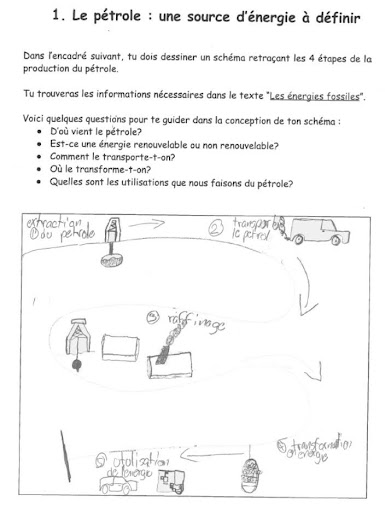
Image 1 : Schéma représentant les étapes de la production du pétrole.
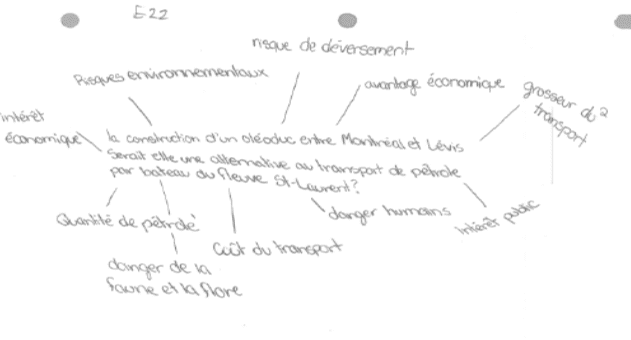
Image 2 : Schéma conceptuelle illustrant la QSSV et ses pistes d’enquêtes
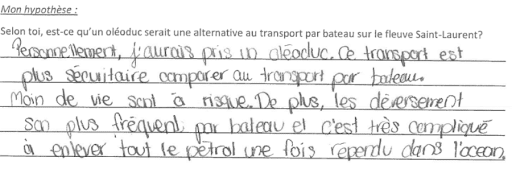
Image 3 : Hypothèse d’un élève en lien avec la QSSV.
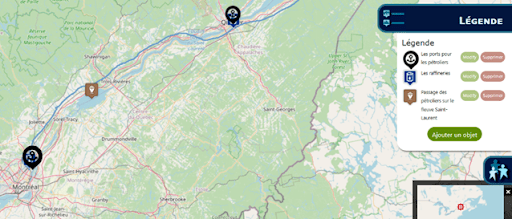
Image 4 : Capture d’écran de la carte sur Cartograf.
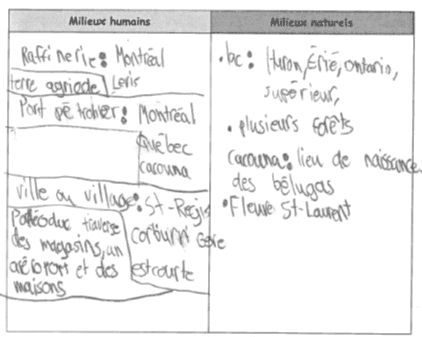
Image 5 : Tableau comparatif en lien avec l’analyse de la carte.

Image 6 : Exemple de prototype planifié par les élèves.
Step 2: Inquiry
After identifying the lines of inquiry, students were invited to formulate and justify a hypothesis related to the SSSI (Image 3).
As for planning the inquiry, the class identified three key steps: researching information for the three categories, analyzing the pipeline route using a map and simulating an oil spill to observe its consequences. The teacher prepared a logbook to help students record the information they gathered at each stage of the project.
After being taught the 5Ws and H strategy (Mottet, 2021), students were divided into expert teams. Each group searched for and read online articles to find information related to their assigned line of inquiry. They recorded the information on the classroom concept map and in their logbooks.
As students were unable to identify the various stakeholders involved in the pipeline project on their own, the class completed this part together using one text from TransCanada (2011) and another from the advocacy group Coule pas chez nous (2013).
Using the Cartograf software available on the RÉCITUS website, students analyzed the pipeline route on a geographic map and identified the human and natural environments it crosses (Image 4). The map included information about the route that the students could add to their notes. They also had access to satellite images, which significantly facilitated their work. Students wrote their observations in a comparison chart in their logbooks (Image 5).
As the final step of the inquiry, the students decided to conduct a simulation of an oil spill. They designed pipeline prototypes running through sandy, clay and loamy soil using clear pipes, transparent plastic containers and straws.
A more advanced team was tasked with simulating an oil spill in a river using a cooler. Students recorded their results in their logbooks and identified which type of soil would be most effective in minimizing the impact of an oil spill (Image 6).
Step 3: Conceptualization
Finally, the students wrote an opinion piece and took part in a debate. This is where their ability to apply critical thinking skills was primarily assessed. The evaluation was carried out using an analysis grid based on the five dimensions of critical thinking:
- Knowledge
- Strategies and skills
- Students’ attitude
- Adherence to the criteria for judgment (the three lines of inquiry)
- Understanding the vocabulary related to critical thinking
It is important to note that the SSSI was modified at this stage of the project. The original question felt too abstract to the students, and they struggled to answer it. It was therefore reformulated as: “Are you for or against the construction of a pipeline through the Sainte-Dorothée neighbourhood?” By turning the SSSI into a local issue, students found it easier to construct arguments for both the debate and the opinion piece (Sgard et al., 2017).
For their opinion text, students evaluated the pipeline route based on the data collected throughout each step of the project. For the debate, students were paired into teams of two according to their stance on the SSSI. In each debate, two opposing teams faced off while following the rules established by the whole class. Most students enjoyed the experience and demonstrated attentive listening and a surprising openness.
SSSIs and the development of critical thinking skills
The analysis of the project data revealed several key findings related to critical thinking. First, students relied almost exclusively on information they found online even though they had successfully completed the pipeline route analysis and oil spill simulation activities. This suggests that they placed greater value on knowledge found on the internet than on knowledge acquired together in class. It was also apparent that most students struggled with source criticism, as well as with selecting and organizing the information they found. This highlights the importance of providing explicit instruction and appropriate support for these tasks, including modelling how to effectively use online research tools. Another observation was that students had difficulty distinguishing between facts and opinions during the debates. However, this distinction was not explicitly taught, which may account for the challenges they faced in this area.
On a positive note, six students were able to apply four out of the five dimensions of critical thinking over the course of the project. Considering that these dimensions had never been explicitly taught and that critical thinking is a skill that develops over time, it would be worthwhile to replicate this type of project – centered on the study of a SSSI – with elementary-level students who have received explicit instruction on critical thinking and had the opportunity to practice it over a longer period. This would allow for a more in-depth study of their level of development.
Conclusion
In conclusion, this interdisciplinary project demonstrates that students need time and support to develop critical thinking skills and the associated dimensions. Some students in this study showed promising signs of progress. A study focusing on the work of elementary students who receive systematic instruction in critical thinking would help better identify teaching and learning situations that effectively support its development.
